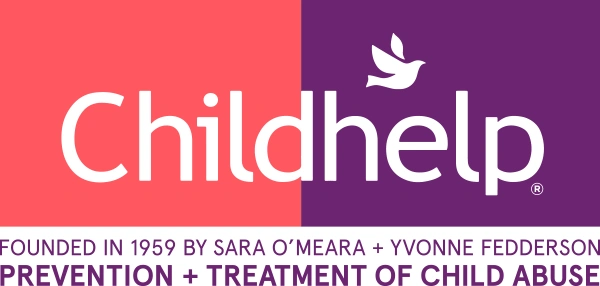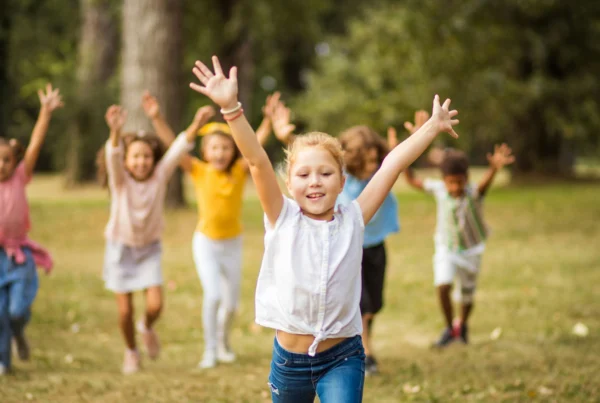In today’s hyperconnected world, sharing milestones, family moments, and just day-to-day life online has become second nature for many parents. This practice, often referred to as “sharenting,” involves posting photos, videos, and stories about children on social media. While sharing these moments can be a way to connect with friends and family, it comes with potential risks — and recent headlines have shown just how tragic the consequences can be.
The case of Ruby Franke, a popular family vlogger arrested for alleged child abuse, has reignited important conversations about the ethics and dangers of sharenting. While not all sharenting leads to such extreme outcomes, the practice raises significant concerns about privacy, exploitation, and the long-term effect on children. Below are the potential risks of sharenting and guidance for safeguarding the well-being of children.
Privacy concerns: Children are too young to give informed consent to their personal lives being shared online. A cute bathtub photo or a video of a temper tantrum may seem harmless now, but as kids grow up, they might feel embarrassed or violated knowing these moments were shared publicly. Beyond personal embarrassment, oversharing can lead to their digital footprint being established without their knowledge or approval.
Risk of identity theft: Every piece of information shared online — names, birthdates, school names, or even photos — can be pieced together by cybercriminals. This data can be exploited for identity theft, creating long-term consequences for children before they even understand the concept of financial security.
Target for predators: Photos and videos shared on social media can attract the wrong kind of attention. Unfortunately, there are individuals who misuse online content for malicious purposes. Geotagging photos or sharing specific locations can also inadvertently disclose a child’s whereabouts.
Exploitation by third parties: Even with strict privacy settings, the platforms you use own some degree of the content you post. This means photos of your children could potentially be used for marketing purposes, targeted advertising, or even end up in the hands of unknown third parties.
Effect on parent-child relationships: As children grow, they may begin to resent having their lives documented without their consent. They might feel their privacy was disregarded, which could strain the parent-child relationship. Allowing them to decide what, if anything, gets shared about them fosters respect and autonomy.
Watch Childhelp’s Director of Communications and PR Meghan Krein talk with Arizona’s Family about sharenting.
Ruby Franke’s story serves as a reminder that not all content created in the name of family entertainment is harmless. The monetization of children’s lives through platforms like YouTube and Instagram can blur the lines between sharing and exploitation. When children’s personal moments become a source of income, it’s easy for their needs, privacy, and well-being to take a back seat to content creation.
“Many parents are concerned about their children’s social media use and the dangers they face online. However, parents often fail to realize they may be contributing to those dangers. As parents, we should be educating our children about online dangers and how to use social media safely and respectfully, including limiting what they share about others and seeking consent before posting photos of others. But ultimately our actions speak louder than words and it’s essential that we model those same behaviors if we want our kids to listen and learn,” says Childhelp’s Vice President of Growth and Prevention Dr. Stacy Vaughn.
Practical tips for safer sharenting
- Adjust privacy settings: Limit your audience to trusted friends and family.
- Be selective: Avoid sharing identifying details like a child’s full name, school, or location.
- Think long-term: Consider how a child might feel about the content being shared when they’re older.
- Ask for consent: As kids get older, involve them in the decision-making process about what can be posted.
- Avoid geotagging: Turn off location sharing when posting photos or videos.
- Educate yourself: Stay informed about the risks and trends in online privacy and child safety.
Sharenting doesn’t have to be all-or-nothing. By striking a balance between sharing meaningful moments and respecting a child’s privacy, there’s a way to stay connected with loved ones while protecting what matters most.
If you or someone you know has concerns about any type of abuse, The Childhelp National Child Abuse Hotline (1.800.4.A.CHILD) is staffed 24/7 with crisis counselors who offer resources, support and crisis intervention via call, text and online chat.




